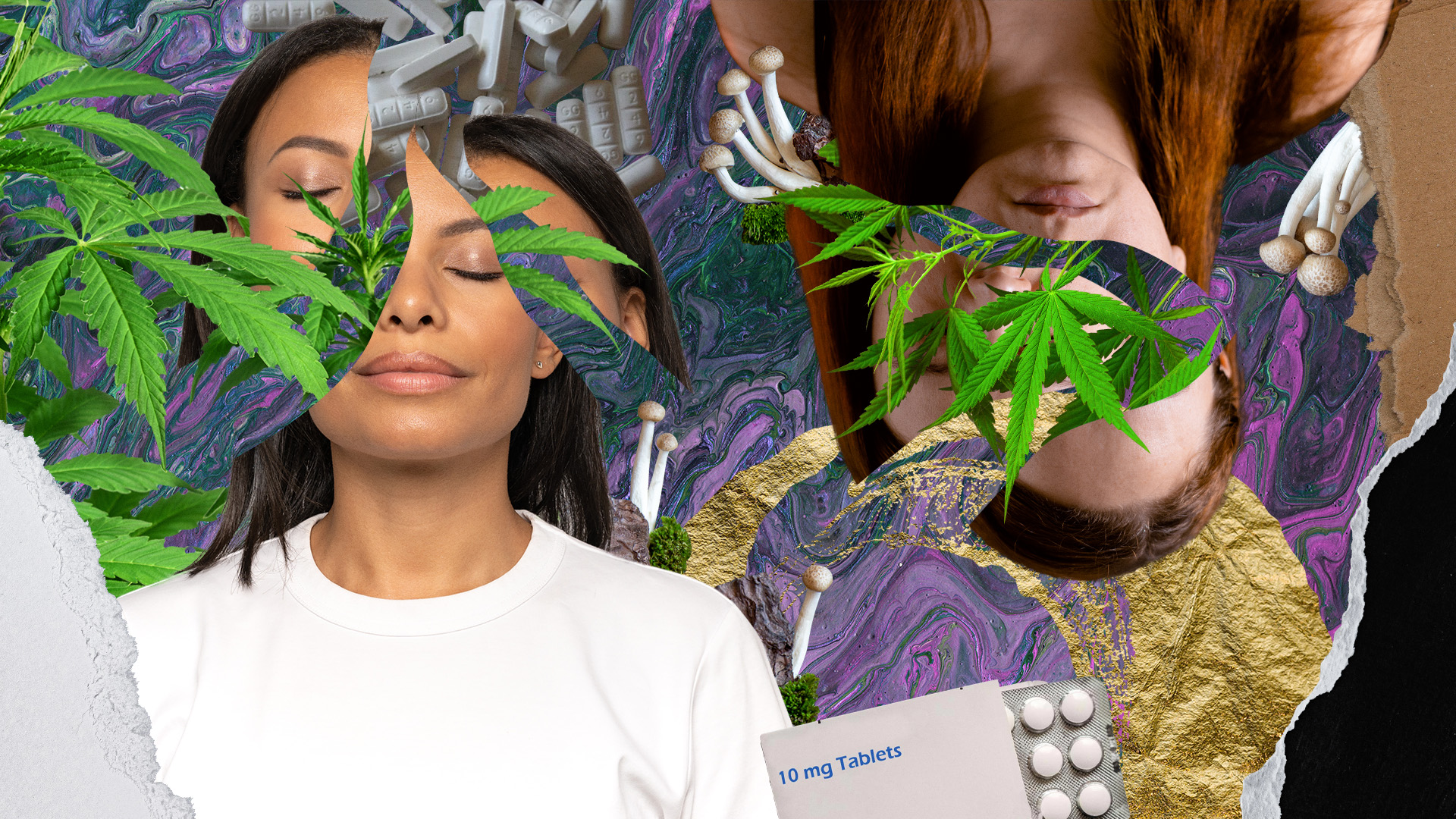For far too long cannabis has been tarnished a “gateway drug” with misconceptions causing people to believe that consumption may lead to harder drug use. Things couldn’t be further from the truth and the LaGuardia Committee proved it.
A commission was appointed to conduct the in-depth LaGuardia Report in 1939. It was the first report of its kind to explore the influence of cannabis when smoked in its raw flower form by consumers based in the United States.
The New York Academy of Medicine compiled this historical report after Mayor Fiorello LaGuardia instructed a commission to do so. Mayor LaGuardia had long opposed the 1937 Marijuana Tax Act. His report received support from the New York Foundation, the Commonwealth Fund, and the Friedsam Foundation.
“I am glad that the sociological, psychological, and medical ills commonly attributed to marihuana have been found to be exaggerated insofar as the City of New York is concerned. I hasten to point out, however, that the findings are to be interpreted only as a reassuring report of progress and not as an encouragement to indulgence,” read the Mayor’s foreword.
Prior to the LaGuardia Committee publishing its report, the Indian Hemp Drugs Commission conducted investigations into the U.S. Treasury Department’s cannabis claims. The Department associated cannabis consumption with poor mental and physical health, in addition to claiming that smoking weed was an addictive “gateway” drug that pushed consumers to the point of carrying out illegal criminal acts.
The Indian Hemp Drugs Commission report was an earlier study that started in 1893 and concluded in 1894. It was carried out by British Indian colonial authorities. They found contradictions regarding the Department’s claims, leaving one to wonder why cannabis wound up with such a bad reputation after all.
Did cannabis prohibition stem from Harry Anslinger?
Many cannabis activists would argue that Harry Anslinger was one of the major contributors to pot prohibition in the U.S. Hollywood granted him the authority to amend and control scripts that referenced the plant.
Granting him such a great deal of power resulted in the plant being portrayed as a “gateway drug” that leads to reckless behavior and addiction. Anslinger brainwashed the world into thinking that cannabis was incredibly dangerous addictive. In 1937 – seven years after the Federal Bureau of Narcotics was established – he drafted H.R. 6385; the Marihuana Tax Act. In spite of the opposition it received from the American Medical Association (AMA), the act went into effect on August 2, 1937.
Why You Should Get Your Medical Marijuana Card
Veriheal has satisfied millions of patients nationwide by giving them access to these benefits
- Larger purchase limits
- Peace of mind
- Enhanced legal protection
- Access to higher potency strains
- Save up to 25% on cannabis purchases
- Skip the line at the dispensary
Consequences of the LaGuardia Report
There was backlash from Anslinger after the LaGuardia Report was published in 1944. He described the report as “unscientific”; offending Mayor LaGuardia, the researchers and the New York Academy of Medicine (which backed the study) in the process.
Anslinger, considering himself the boss of bud, ordered the team to avoid conducting any further studies and/or experiments into cannabis without first getting his go-ahead.
The pot prohibitionist is believed to have commissioned the AMA to conduct a study between the years 1944 and 1945. The main aim of the study was to disprove the points laid out in the LaGuardia Report. Unsurprisingly, Anslinger’s report tarnished cannabis consumption with racism, stating that, “those who smoked marijuana, became disrespectful of white soldiers and officers during military segregation,” and that “of the experimental group, thirty-four men were black, and only one was white.”
What sociological conclusions did the LaGuardia Committee come up with?
Following five years of in-depth research into the cannabis plant’s impact on social behaviors, the committee came up with conclusions that were compiled into 13 pivotal points.
They were as follows:
- “Marihuana is used extensively in the Borough of Manhattan but the problem is not as acute as it is reported to be in other sections of the United States.
- The introduction of marihuana into this area is recent as compared to other localities.
- The cost of marihuana is low and therefore within the purchasing power of most persons.
- The distribution and use of marihuana is centered in Harlem.
- The majority of marihuana smokers are Blacks and Latin-Americans.
- The consensus among marihuana smokers is that the use of the drug creates a definite feeling of adequacy.
- The practice of smoking marihuana does not lead to addiction in the medical sense of the word.
- The sale and distribution of marihuana is not under the control of any single organized group.
- The use of marihuana does not lead to morphine or heroin or cocaine addiction and no effort is made to create a market for these narcotics by stimulating the practice of marihuana smoking.
- Marihuana is not the determining factor in the commission of major crimes.
- Marihuana smoking is not widespread among school children.
- Juvenile delinquency is not associated with the practice of smoking marihuana.
- The publicity concerning the catastrophic effects of marihuana smoking in New York City is unfounded.”
The aforementioned points concluded by the LaGuardia Committee in the official LaGuardia Report essentially debunk the gateway drug theory; it lacks substance.
In a surprising twist of events that occurred some years later in 1972, the source that initially kick-started the rumors about cannabis being a gateway drug – namely, the Shafer Commission – published a statement admitting that the stories were largely false.
“With careful consideration of the documentation there is no confirmation of the existence of a causal relationship between marijuana use and the possible use of heroin,” concluded the Commission.
Author, Share & Comments















